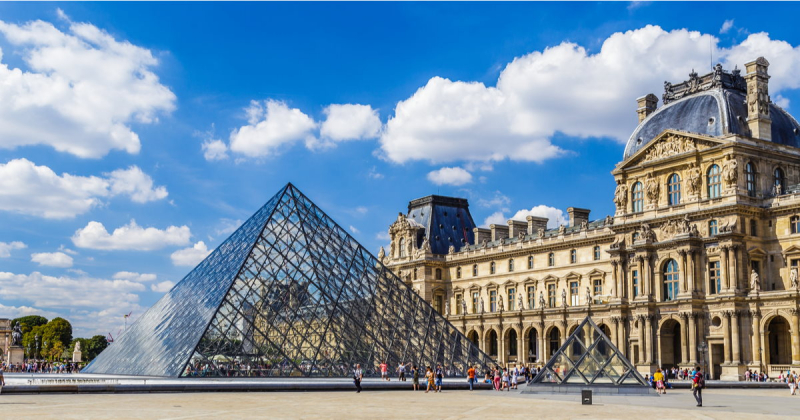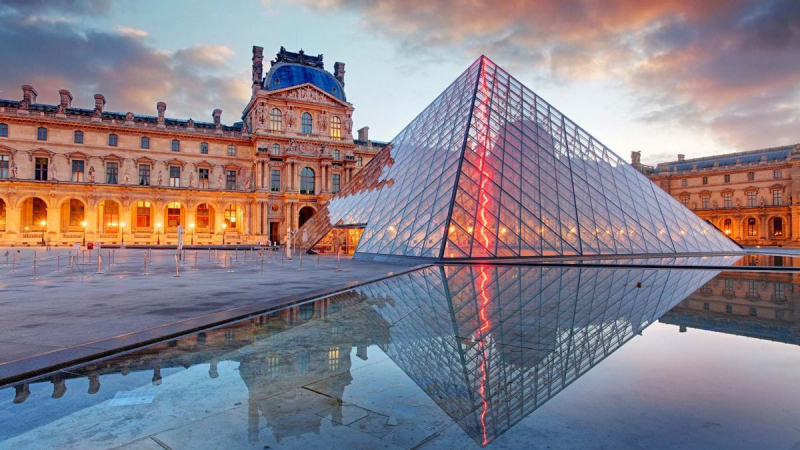The Louvre Is Big…Very Big

The Louvre is a famous landmark in Paris, France, and the most popular museum in the entire world. It is the origin of some of the most well-known pieces of art, including as the Venus de Milo and the Mona Lisa. It is situated on the Right Bank of the Seine in the city's 1st arrondissement and is a major landmark (district or ward). Over an area of 72,735 square meters, almost 38,000 artefacts from prehistory to the 21st century are on display at any given moment (782,910 square feet). The COVID-19 pandemic reduced attendance in 2021 to 2.8 million, up 5% from 2020 but still significantly below pre-COVID attendance of nearly nine million people yearly. However, the Louvre continued to be the most popular art museum in the world in 2021.
On August 10, 1793, the museum opened its doors to the public with a display of 537 artworks, the majority of which were royal and seized church property. During the reigns of Louis XVIII and Charles X, the collection was expanded even more, and the museum acquired 20,000 new items during the Second French Empire. Today, the permanent collection takes up more than 60,600 square meters (652,000 square feet) of the Musée du Louvre, which also houses more than 380,000 other artifacts and 35,000 pieces of art. This means that even if you gave each one a 30-second viewing slot, it would still take 35 days to watch them all.












